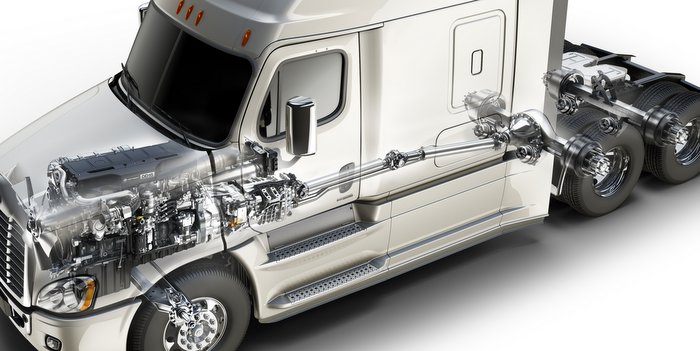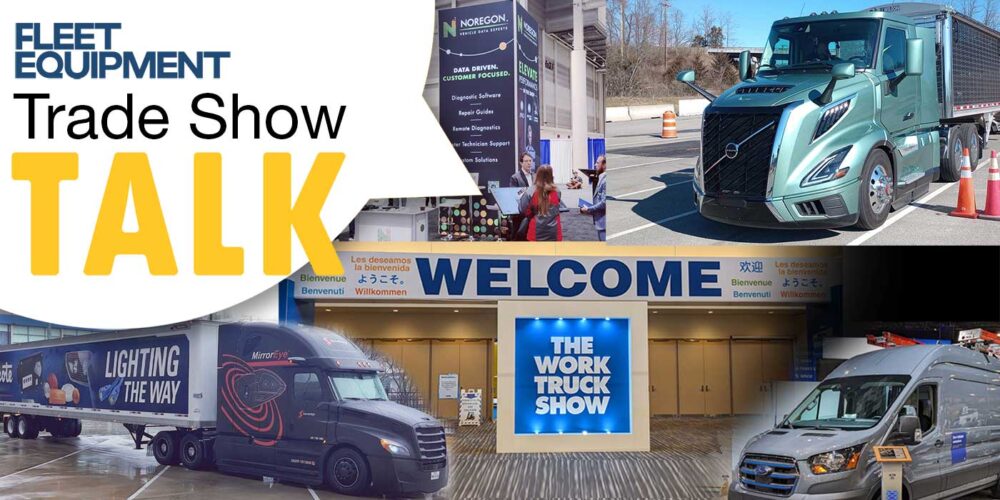Integration is not a new idea in the trucking industry, but the amount of efficiency OEs are pulling out of engine, transmission and axle combinations are reaching staggering new heights. One of the biggest talking points in today’s performance-packed powerplant arena is “downspeeding.” There are different levels of downspeeding and the experts at Detroit, which offers its integrated Detroit powertrain, featuring the Detroit DD15 engine, Detroit DT12 transmission and Detroit axles, stressed the importance of downspeeding education, stating that many engine OEMs are using downspeeding to achieve fuel economy, but there is more to meets the eye in terms of downspeeding. Fleets need to understand what they are purchasing. Downspeeding the engine impacts all the other components on the powertrain.
“Downspeeding is basically programming the engine to run at lower cruise RPMs than the industry has traditionally run,” said Jim Bingaman, Peterbilt application engineering manager. “If the engine is running slower, it should typically use less fuel and thus be more efficient. Regarding available ratios, they vary with the rear axle manufacturer but can be between 2.26 and 2.93, depending on the rest of the powertrain spec to get into the downsped ranges.”
“[Downspeeding] allows a vehicle to cruise down the highway with the engine turning in a range of 1,150 to 1,200 RPM. This is roughly 150 to 200 RPM slower than previous drivetrain systems and typically results in at least a 3% improvement in fuel economy,” said Aaron Peterson, Navistar chief performance engineer, on-highway tractor. “Engine hardware has been selected and calibrated to run efficiently at these lower speeds. By turning slower there is a reduction in engine friction as well as a reduction in the power being consumed by the parasitic systems mounted to the engine. Reducing friction and parasitic loads reduces the fuel needed to move down the road. The second contributor to improving fuel economy is better management of power/torque. Delivering only what is required to perform the job. Excess power/torque means greater fuel consumption.”
A bit of background: Prior to 2010, engine manufacturers designed engines to run at their peak efficiency between 1,400 and 1,500 RPM. Since then, engine manufacturers have turned to reduce engine speeds as a means to counteract the fuel economy impact of emissions technologies.
“Recommended engine speeds for linehaul trucks have been steadily reduced by pairing updated torque curves that make peak torque at 1,000 RPM with new automated transmission shift strategies and faster gear ratios,” explained Kevin Baney, Kenworth chief engineer. “Demonstrated gains of up to several percent from downspeeding have resulted in increased interest in faster gear ratios from fleets. Given that interest, Kenworth has developed a range of ratios with our axle suppliers that now go down to 2.26 to enable even the most aggressive direct drive transmission customer to spec a downsped driveline.”
(Click “Next Page” to continue reading the story.)














